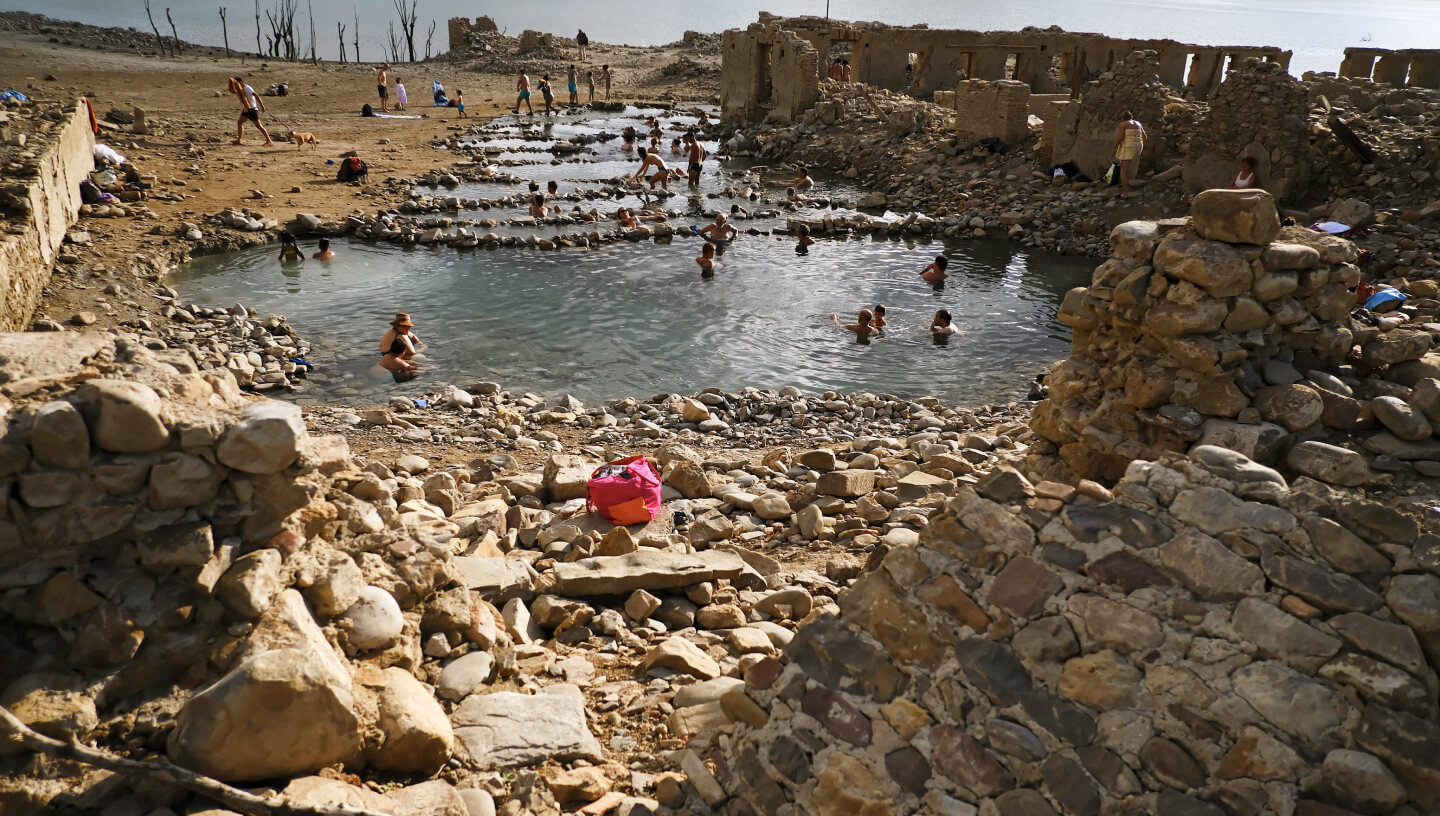12.10.2022
Climate change triggers summer heat waves and drought around the world
 Photo by: EPA
Photo by: EPA
Severe heat and drought has been observed this summer in Europe, North America and China. Scientists from The International Red Cross and Red Crescent Movement (ICRC and IFRC) state that global warming caused by anthropogenic factors, primarily fossil fuel burning and greenhouse gas emissions, is to blame, and that without human influence it would have been virtually impossible for average temperatures to rise over such a large area.
“In many countries and regions we are seeing the ’fingerprints’ of climate change,” said Maarten van Alst, director of the Climate Centre. He added that its impact has become apparent to people: widespread temperature rises are threatening food, water and electricity supplies around the world.
A record-breaking heatwave started in Europe in May, causing river levels to drop and wildfires to rage for months. In the European Union, the fires burned a total area more than twice as large as the average for the past 15 years. In addition, the heatwave may have caused 11,000 deaths in France and 8,000 in Germany. And in the United States, according to the National Oceanic and Atmospheric Administration, summer drought has intensified across much of the south. Climate change has also caused an uneven distribution of rainfall on the planet. While much of the world was affected by drought this summer, other regions experienced devastating floods. Particularly affected was the area of Pakistan, where flooding killed 1,600 people, damaged 2 million homes and flooded large areas of agricultural land.
Drought is more difficult to study than heat waves, as high temperatures and low rainfall are not the only triggering factors. Local landscape features and even the economic situation of the region play an important role. To assess the impact of global warming on the occurrence of drought and other extreme weather events, scientists are using computer simulations to study the real climatic situation and build a model of an alternative climate, i.e. one not affected by anthropogenic factors. The results show that heat and drought appear equally likely but differences in their impact suggest how much of the ongoing global warming is attributable to humans.
A scientist at the Swiss university ETH Zurich, Sonja I. Seneviratne said that research has shown that anthropogenic factors have increased by 20 times the likelihood of drought this summer in the northern hemisphere north of the tropics and parts of continental Europe from France to the Ukraine. And if the Earth’s temperature rises by 2 °C above pre-industrial levels, the likelihood of drought will increase another 15-fold.
Cover photo: Alvaro Barrientos / AP














































Comments